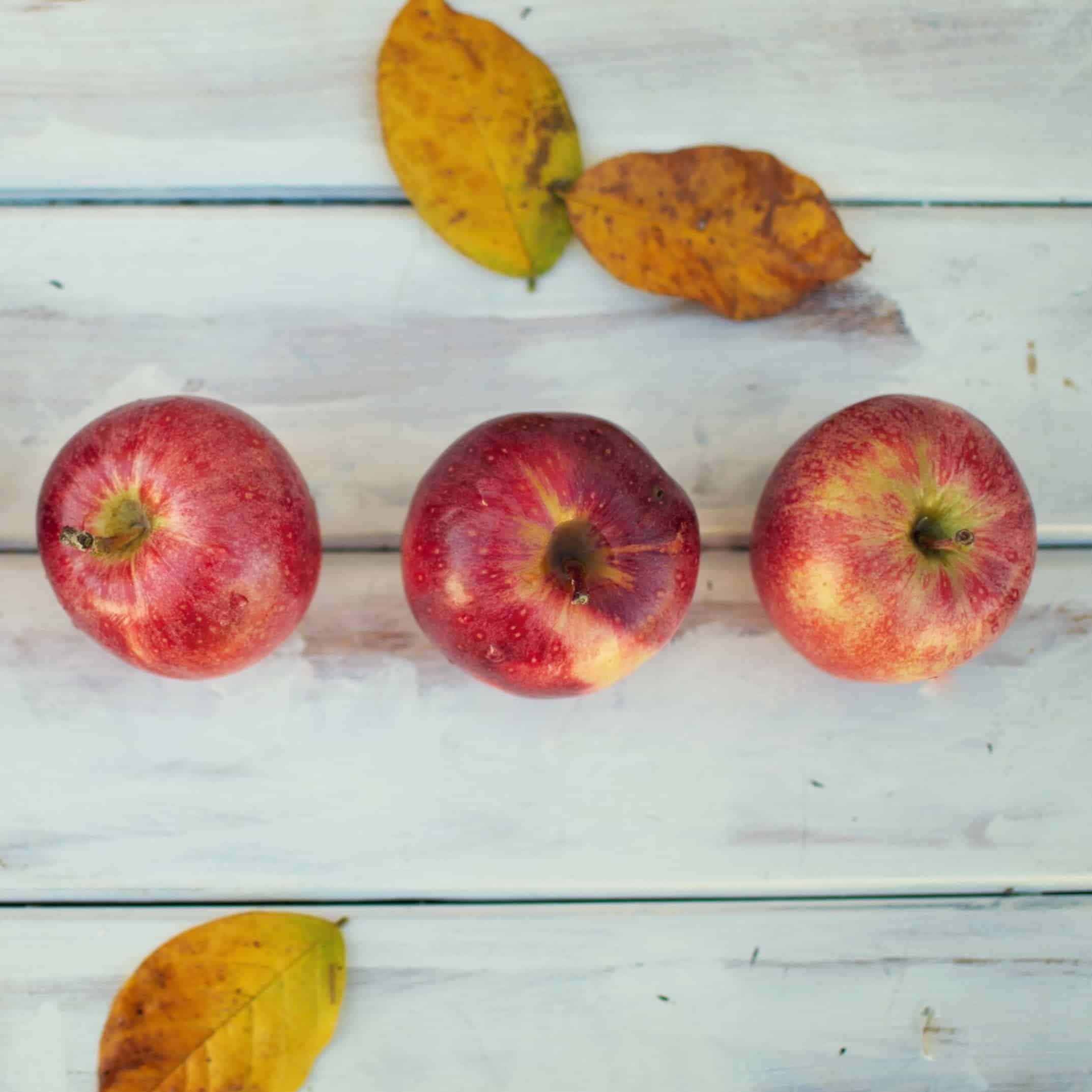Exploring Pigeon Pose (Kapotasana)
When I started yoga, Pigeon was dreadful. I was super tight in my outer hips, glutes and low back because I was doing a lot of cycling. The more I did it though, the less tight I was and the more flexible I became, because the more you stretch, the more the fascia begins to become smoother and longer.
Fascia is the layer of connective tissue that coats every muscle you have. The tightest fascia in your body is located around the hips and low back. So if you want to build flexibility, you must stretch fascia. After each cycle, long walk, or even a long drive, I take some time to release the tightness by going into Pigeon for each leg. Sitting for long periods of time can be hard on the hips, so just a quick few breaths in pigeon will help.
This is taught in all of my classes, Core Yoga, Reduced Heat classes and even in Yin Yoga. This pose is beneficial for everyone and can be modified for the student; however anyone with any knee issues should consult with the instructor on how to modify the pose. The longer you hold deep stretches, the deeper the benefit, which is one of the theories of Yin Yoga. This posture can be held between 5 breaths and 5 minutes long.
Benefits of the Pose:
It’s a deep stretch to outer hip, which benefits all surrounding areas such as the low back, and iliotibial (IT) band which is a thick band of fascia on the outside of the knee, extending from the outside of the pelvis, over the hip and knee, and inserting just below the knee.
It stimulates blood flow to the area, ridding tension for chronic hip pain sufferers
Prevents and helps alleviate sciatica by stretching the muscles and loosening the muscles that tighten around the sciatic nerve, which causes the painful pinching sensation
You may experience it as a quadriceps (front of thigh) stretch in the back straight leg if the person is tight enough.
It beneficial for runners, cyclists and any cardio lover whose knees, low back and hips have become tight from years of wear and tear. It is also beneficial for anyone that sits or stands for an extended period of time.
Description of how to enter the posture:
Either from Downward Dog or from Table Top pose, swing the right leg forward towards your left wrist, allowing the right knee to stay in line with the right hip and the right ankle to move slightly away from your body. Straighten the left leg behind you. Inhale and lengthen your spine, making sure you are not leaning on to the right hip and ensuring your weight is in the centre of your body. Exhale and fold your chest forward. Fold forward as much as your body allows, while still maintaining a straight spine. You can rest your elbows or forehead down on the floor. A block is helpful under the right hip if you are tight. Take 5-10 breaths. Inhale and lift your chest, taking a few extra breaths with your torso upright, adding more weight onto the hips, thus creating a deeper stretch. When you are ready to come out, flatten your palms at the top of the mat, curl your back left toes under, and either push back up into Downward Dog or Table Top, then into Downward Dog. Use your core/stomach muscles when you release the pose, as this will help protect your low back and hip.
If you find that your hips are too tight to go into Pigeon, you can do other poses that warm up the hips, such as Fire Log pose. To get into Fire Log, sit seated with legs crossed, then stack your legs so that one calf is stacked on top of the other. Fold forward to increase the outer hip stretch. This pose can also be used as a modification for people in pigeon who start to feel knee pain. If you feel pain in your back while in in Pigeon, it can be modified so you are lying on your back. This is commonly called Supine Pigeon.
Pigeon is a great pose to practice, as it helps prep you for other poses such as Dancer’s Pose, Hanumanasana (Forward-Splits Pose), lunges and other hip openers and back-bends. Always remember that yoga is therapeutic, not aesthetic. It is not about how you look in a pose, but how you feel. Pain is unacceptable. Some discomfort is expected. Your practice will grow to be graceful and the advanced poses will come. But start somewhere and always get the benefit. Accept the pose, and accept where your body is today with no judgement.
Contributing Author: Stefania Ercoli
Stefania teaches various classes at Yoga Tree Richmond Hill and Vaughan. She is a certified 280 hours Yoga Teacher and is also a certified YinYoga Instructor. She practices Ashtanga, Hatha, Yin and Restorative Yoga.


